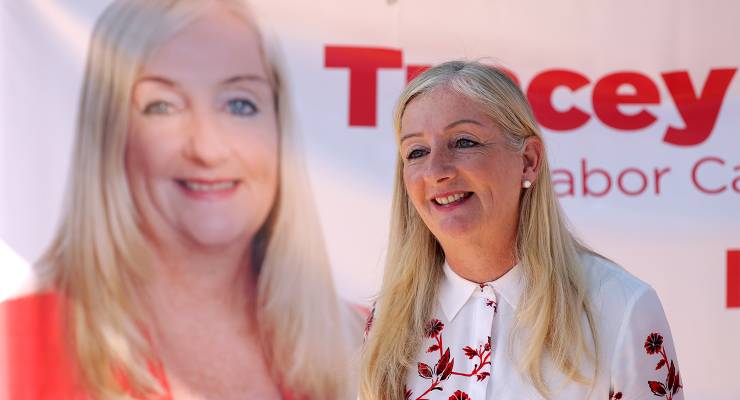
“Best moment of my life! Better than Hawke ’83!” yells a Labor volunteer (clearly too young to have lived through both) at the Midland Sports Complex.
Back a million years ago (at the end of last month) Crikey predicted that Western Australia, for long the graveyard of ALP ambition, would be the place to decide the 2022 election. And boy, did it ever.
At the outset, there were three seats identified as possible gains for the Labor Party in a state where it had a comically terrible record going back to the times of Bob Hawke: its best chance was Swan, held on a tight margin (3.2%), and losing Steve Irons, its Liberal MP of 15 years. If it couldn’t manage that, the thinking went, it was screwed.
There was Pearce: the seat in the outer northern suburbs was shorn of its regional proportion in the last redistribution (and with it some of its Liberal margin) and, worst of all, its high-profile Liberal member Christian Porter in slow, messy and controversial circumstances. Labor had a strong Labor challenger too, in long-time local mayor Tracey Roberts.
Porter was returning to his law practice, one of a series of high-profile WA Libs who weren’t available to the party this time around — Julie Bishop and Mathias Cormann also denied the party their talents at fundraising and name recognition.
Then there was Hasluck, the real test, the outer reaches of its ambitions. If Labor could pry this seat away from popular local member and Indigenous Affairs Minister Ken Wyatt (on a fairly safe 5.9% margin) it would be a great night for it in the west.
It took all of them, at a canter, and it didn’t stop there. The statewide swing of a touch under 10% suddenly brought seats that not even the most optimistic Labor people were talking about. It took Tagney, formerly held by Scott Morrison’s right-hand man Ben Morton, with a 12.5% swing. At the time of writing, Moore is in serious trouble for the Liberals.
As a rancid cherry on the WA Liberals’ absent cake, the teal revolution that had shuddered the party to rubble over the east had a front here too: the affluent electorate of Curtin under former deputy leader Bishop was for years about as safe a seat as the Liberals had. Independent Kate Chaney, up against Bishop’s more outwardly conservative successor, parlayed a strong local campaign into a huge swing.
How did this happen? Was it the Mark McGowan effect, an echo of the immense popularity of Western Australia’s premier? The aforementioned exodus of WA Liberal talent in recent years? Morrison’s fantastic tone-deaf comparison between the state and cave dwellers? Or his backing of Clive Palmer’s High Court challenge against the highly popular border closures?
There will be plenty of time for a public deconstruction of events. For now the people of Western Australia have, for the first time in three decades, swung an election decisively.








Thanks Charlie>> rancid cherry on the WA Liberals’ absent cake
How? Mark was smart to observe the mistakes of the east. He protected us well. We said “feck off” to Slomo, Dom, Clive and Rupert when it was a contest between our competency and their failures.
Tangney: Sam Lim was a better candidate than Ben Morton, whose smug visage has greeted me from a hundred advertising hoardings for years. Sam Lim doorknocked and networked., Ben Mortein bought advertising space.
A hidden anxiety was the China issue. McGowan had frequently criticised the Liberal China policy harming WA. WA depends on robust China trade. WA jobs were at risk. Lots of young families with mortgages silently took note.